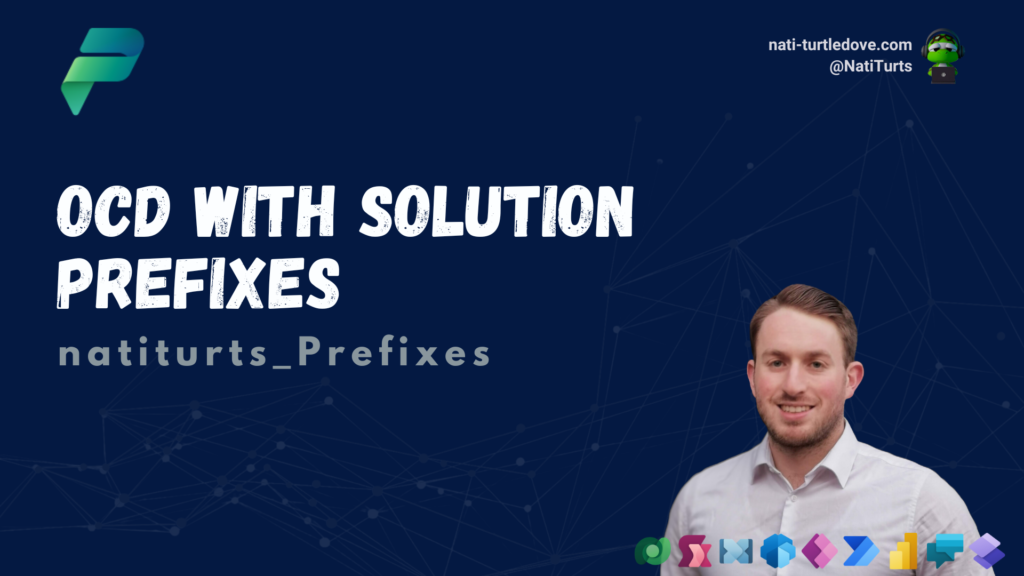Envision
The Envision phase of a Power Platform adoption aims to identify the basics and platform structure you want to implement. During this phase, it’s crucial to structure a team you envision need to be involved with your adoption. This team will consist of a variety of user types such as Stakeholders, Team Leads, Admins and many more. In addition to having an awesome team in place, the biggest challenge will be getting buy in from your users. A topic within the Envision phase will assist the adoption team define what a success criterion looks like for a successful adoption. Based on your success criteria, you can begin building your adoption plan in line with how you wish to get to that point. This plan and scope will be the “holy grail” during your adoption. When you hit the expected snags and push backs, you would have hopefully already identified how to deal with these scenarios in an appropriate manner, with possible plan B’s and C’s to ensure you reach success.
A planned adoption strategy is one thing, but as mentioned before, push back is inevitable. Not many people are fans of change. Let’s be honest, change is scary. Having the right tools and methods in place to assist users with embracing this change will help mitigate push back. Consider group training sessions and career growth opportunities. You can introduce this alongside your adoption through means of career path planning within Power Platform, encouraging users to get certified, and engaging the Power Platform community.
The Plan
Your plan should include multiple steps and categories. It is ideal for your organizations stakeholders together around and start prioritizing their goals and requirements for the Power Platform adoption.
Plan Key Objectives:
- Define: Setting your goals and expectations is the starting point. During this phase, you should define what the businesses key goals and objectives are within the Power Platform. This will include defining what areas the adoption to take place in, where it will be implemented and how a successful adoption will drive results and achieve the businesses expected goals.
- Identify: Once you have defined your expected outcome, identifying what the requirements are to achieve your expected outcome is the next step. This phase focuses on identifying the processes, workflows and data needed to make the adoption happen. For example, if a defined outcome is to increase operation efficiency, identifying a process that can be automated will help you confirm what needs to be done to achieve success.
- Stakeholders: In order to adopt the Power Platform across your organization and its various area, you need the right people. Identifying who needs to be a stakeholder can include gathering individuals at both higher and lower hierarchy levels. Examples of relevant stakeholders are, Business Leaders, Department Heads, End-Users and more. Gathering these stakeholders in a round table discussion will help drive your adoptions success.
- Road Map: Designing an adoption road map is super important. Having a documented guide that stakeholders can always refer to, will continue to guide the adoption along your expected path. Your road map should identify the various phases of the adoption, your expected timelines, roles and responsibilities as well as required resources, data and milestones.
- Monitor: Lastly, every large adoption has its setbacks. Monitor how effective your adoption road map is and make approved adjustments accordingly. Rome wasn’t built in a day. The adoption will take time. Schedule regular round table discussions with stakeholders. Hold feedback forums from end-users. This will help you keep tabs on your progress and accommodate adjustments to ensure that your adoption is still on its correct trajectory.
What’s Next?
The Envision phase is just the start of your adoption journey. Identifying the key areas above will help your organization set its goals, gather the appropriate stakeholders and monitor the adoption. Throughout your adoption road map, focus on what you have achieved already and soak in the positive changes you have made already. You have set the foundation for your adoption, and now need to take action to ensure it runs its course.







